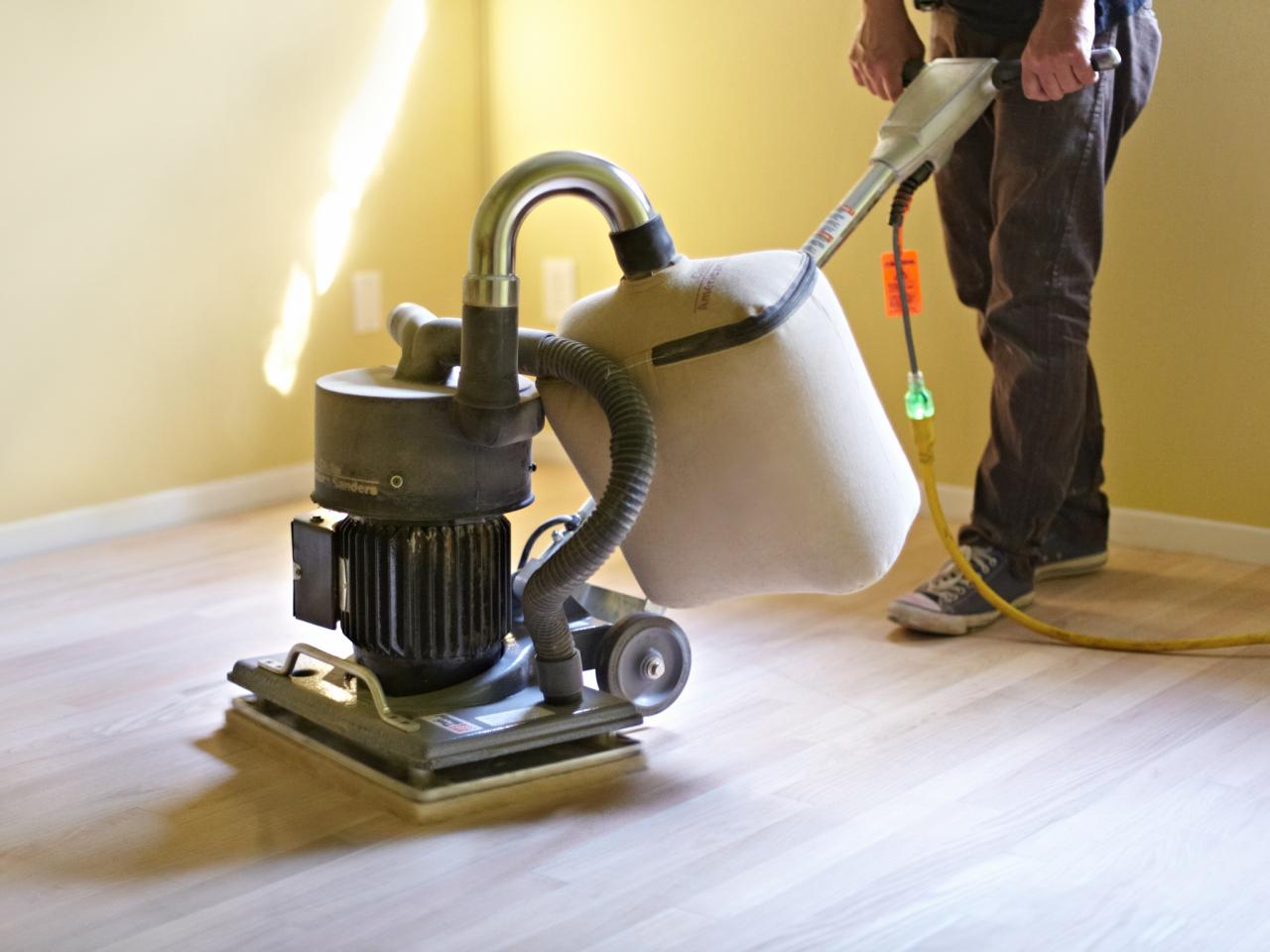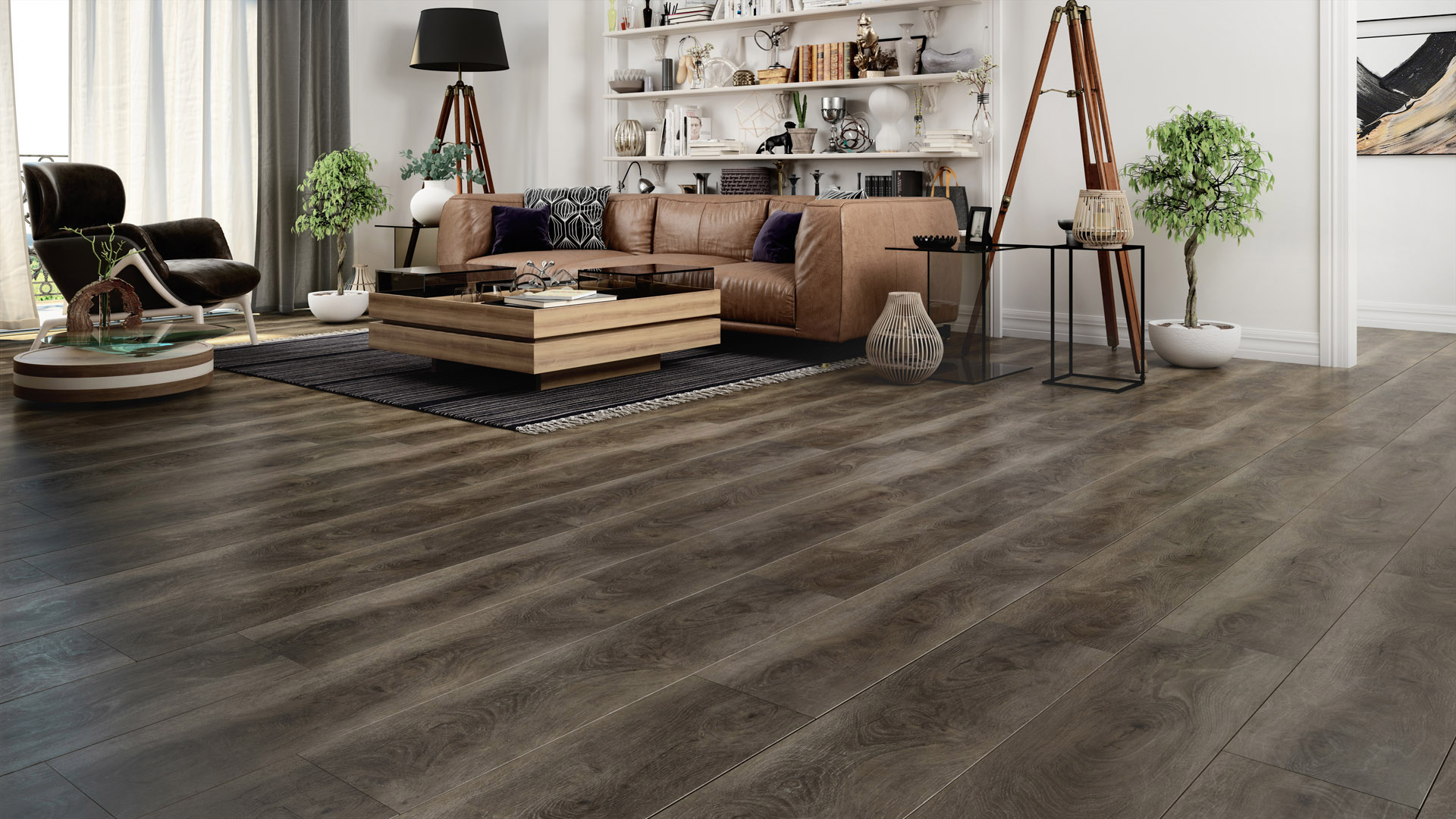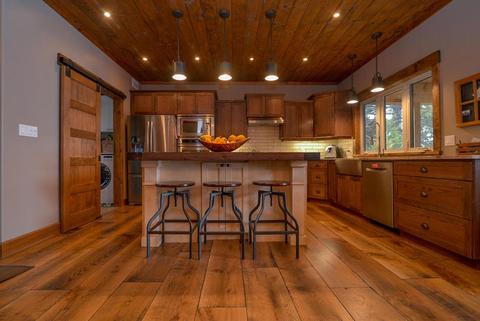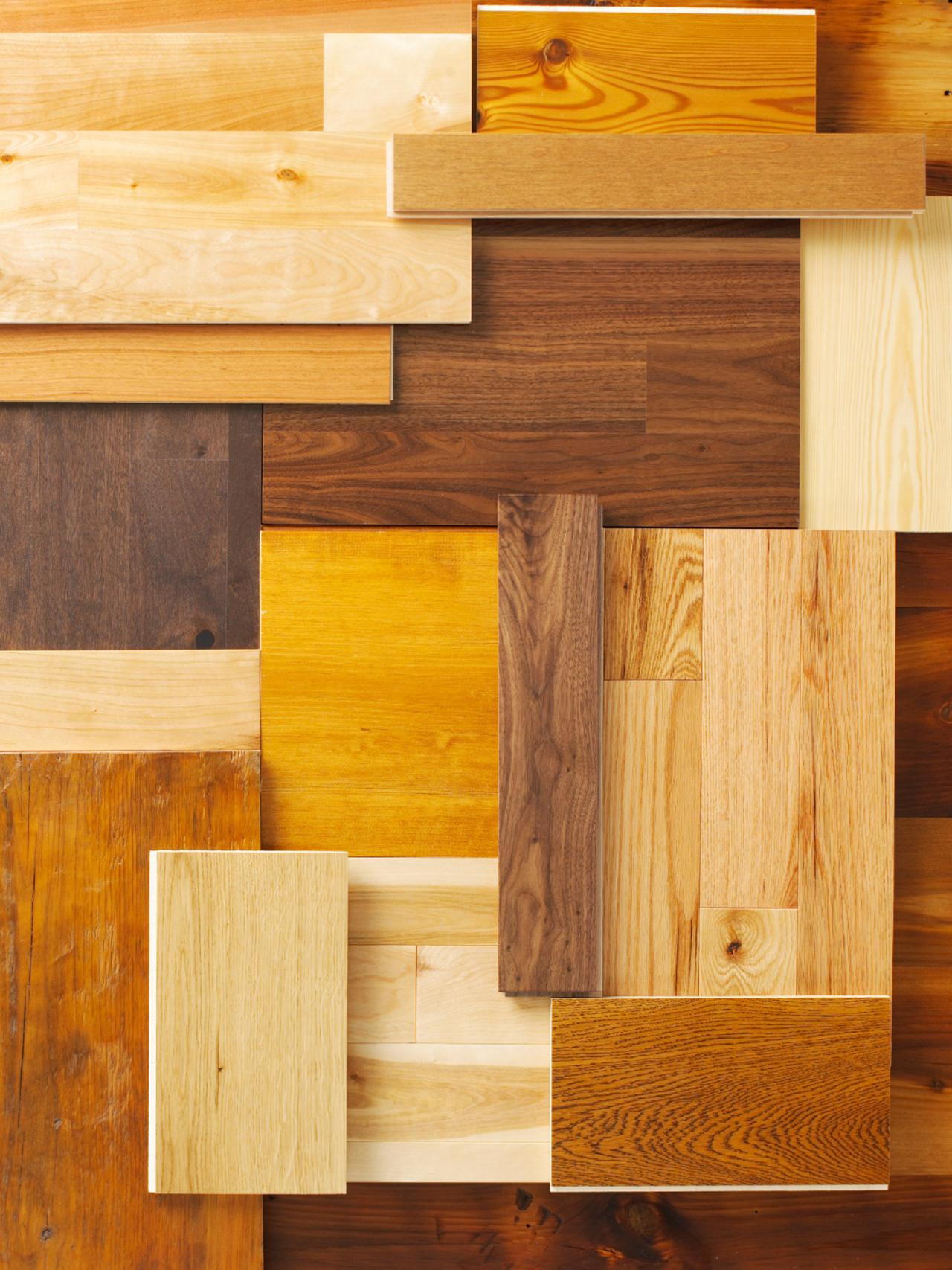How Many Times Can Engineered Hardwood Flooring Be Refinished?
Let’s do the math. The layer of solid hardwood on engineered flooring is known as the wear layer. It ranges from 1mm to 8mm thick depending on the quality of the flooring.
During refinishing, an experienced hardwood floor sanding specialist will remove just .75mm to 1mm of the wear layer. Using simple division for common flooring thicknesses, we can determine how many times the engineered hardwood can be refinished:
| Wear Layer | Times to be refinished |
|---|---|
| 1mm or less | Should not be refinished |
| 2mm | 1-2 |
| 2.5mm | 2-3 |
| 4mm | 4-5 |
| 6mm | 6-8 |
| 8mm | 8-10 |
There are factors that reduce the number of times any engineered hardwood floor can be refinished.
- Deep scratches or stains in the wood might require removing more of the wear layer
- More material might have to be removed from flooring planks with edges that are lightly cupped due to moisture damage; Flooring with severe cupping cannot be refinished
- Uneven floors, such as those with low spots, can’t be sanded as often because the dips cause more material to be removed in some areas
Alternatives to Refinishing Engineered Hardwood Flooring
There are steps you can take to delay the need for refinishing your engineered flooring.
Adding a layer of polyurethane sealer to the existing finish, a process known as refreshing the finish, is a good option when light wear that hasn’t penetrated the wear layer is starting to show on your flooring. As a test, if you put a few drops of water on the floor, and they bead up, then the sealer is in good condition and refreshing isn’t necessary. If the water penetrates the wood, it is time for more sealer. Refreshing should be done every 4-7 years depending on how much traffic the floor receives. The cost is 25% to 33% of the cost of refinishing the engineered wood floor. Note too that if you have hand-scraped flooring, refinishing it will remove that effect, so refreshing the finish first is an attractive option.
When refinishing is being considered because a few planks are deeply scratched, cupped or stained, replacing the damaged planks (preferred) or repairing the scratches with stainable wood filler can be done for a far lower cost than refinishing the entire floor. The drawback is that the new planks and the wood filler might not be an exact match in color to the existing flooring.
When Refinishing Engineered Hardwood is Necessary
There are only two reasons to refinish your engineered floor. First, if there is widespread damage or the floor shows significant wear through the sealer and into the wood, then refinishing is the best option for restoring a like-new appearance.
The second reason to refinish engineered hardwood flooring is that you want to change the stain color of the wood. Removing 1mm to 1.5mm of the wear layer should do this on most floors.
How to Know if Existing Engineered Flooring Can Be Refinished
If you don’t know the history of your engineered floor, then investigating its condition will be necessary. Removing a floor grate will expose the edge profile of the wood and allow you to measure the remaining wear layer. If there aren’t floor grates, find the simplest place to remove baseboard trim or door trim to expose the edge. Using a small prybar might be necessary to lift the edge for viewing. It might also be possible to slip a dental mirror tool into the gap between the edge of the flooring and the wall to view the wear layer.
If you’re unsure about the issue, a flooring contractor will be able assist you in determining whether your engineered hardwood can be refinished – or even if refinishing rather than simply refreshing it is the right option.





